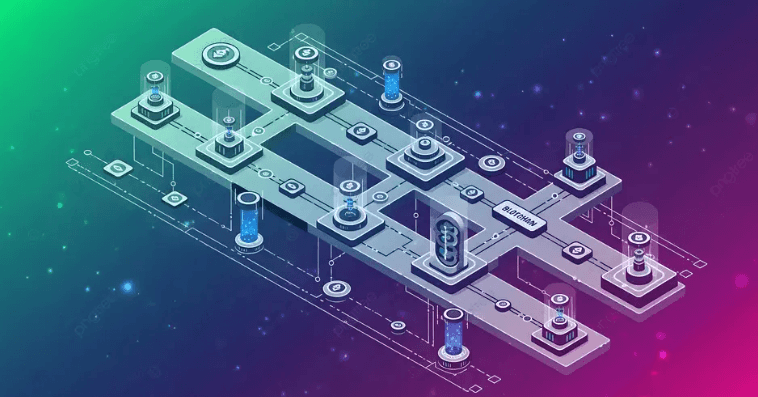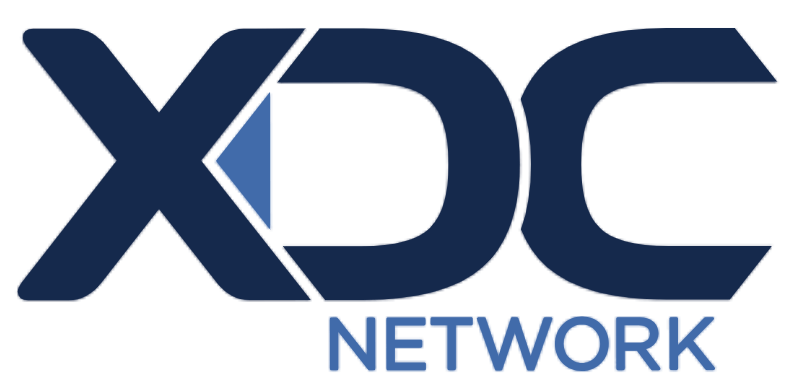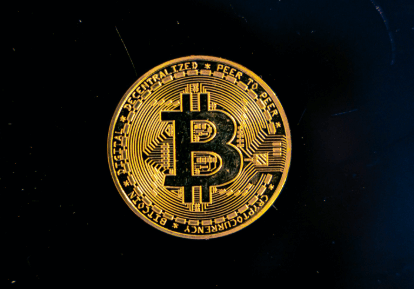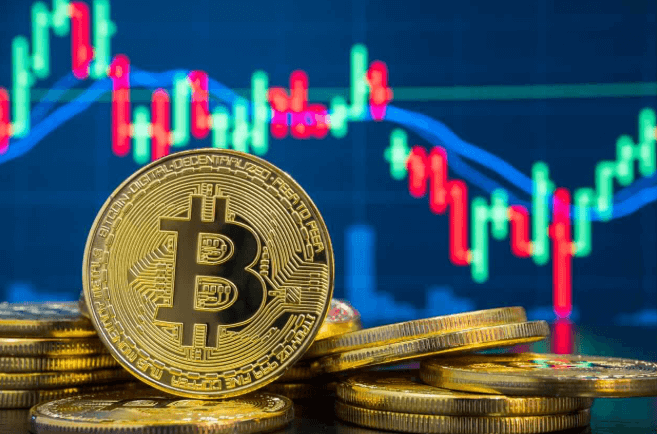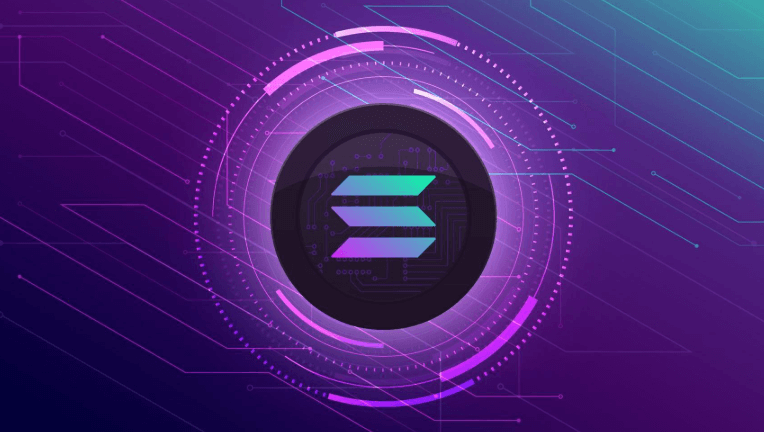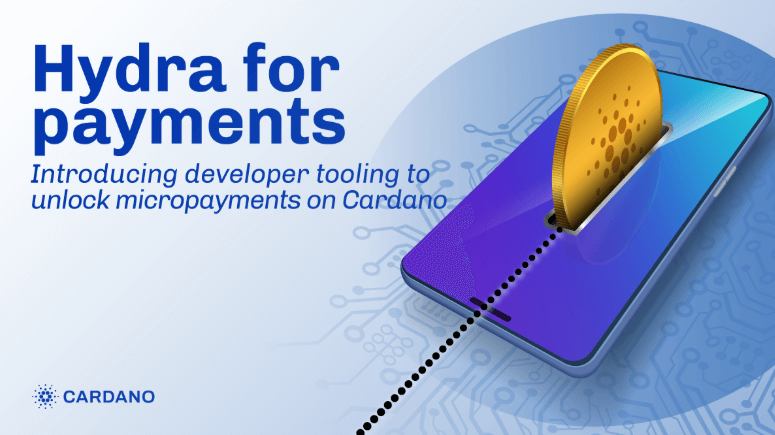As the DeFi sector continues to expand, Cardano (ADA) is emerging as a strong contender in the blockchain space. With its unique proof-of-stake (PoS) consensus mechanism, low transaction fees, and secure smart contract capabilities, Cardano is positioning itself as a major player in the decentralized finance ecosystem. But how exactly does Cardano compare to its competitors, and what does its future in DeFi look like?

Why Cardano is Gaining Traction in DeFi
Cardano’s entry into DeFi is fueled by several key advantages:
- Scalability: Cardano’s layered architecture allows for faster and more efficient transactions, reducing network congestion.
- Security: Built using Haskell and the Plutus programming language, Cardano’s smart contracts prioritize security and formal verification to minimize vulnerabilities.
- Low Fees: Compared to Ethereum’s high gas fees, Cardano offers a more cost-effective solution for DeFi users.
- Decentralization: As a fully PoS blockchain, Cardano ensures that financial services remain decentralized and accessible to everyone.
With these features, Cardano is attracting DeFi developers looking for a more efficient and secure platform to build lending, staking, and trading applications.
Key DeFi Projects on Cardano
Several DeFi protocols are already leveraging Cardano’s network:
- SundaeSwap – A decentralized exchange (DEX) similar to Uniswap, allowing users to trade tokens on the Cardano blockchain.
- MELD – A non-custodial banking protocol that enables users to borrow and lend crypto assets.
- Ardana – A stablecoin platform and DeFi hub supporting liquidity pools and decentralized financial services.
- OccamFi – A launchpad for DeFi projects, helping new blockchain applications gain traction on Cardano.
These projects demonstrate that Cardano is not just an alternative to Ethereum but a growing DeFi ecosystem with real-world applications.
Cardano vs. Ethereum in DeFi
While Ethereum dominates the DeFi space, Cardano’s entry brings some notable differences:
| Feature | Cardano (ADA) | Ethereum (ETH) |
| Consensus Mechanism | Proof-of-Stake (PoS) | Proof-of-Stake (PoS) |
| Transaction Speed | Faster due to eUTXO model | Slower during high traffic |
| Fees | Low and stable | High and volatile |
| Security | Formal verification minimizes risks | Higher risk of smart contract exploits |
| Scalability | More efficient transaction processing | Faces congestion issues |
While Ethereum still has a larger ecosystem, Cardano’s growing adoption and continuous upgrades could make it a more attractive choice for DeFi developers and users.
The Future of DeFi on Cardano
As Cardano’s smart contract ecosystem matures, the DeFi sector on the blockchain is expected to expand significantly. Upcoming developments like Hydra, Cardano’s layer-2 scaling solution, will further enhance transaction speed and efficiency. Additionally, partnerships with institutions and financial services could boost Cardano’s adoption in mainstream finance.
With an emphasis on security, scalability, and decentralization, Cardano is shaping up to be a major force in DeFi. As more projects and users migrate to its ecosystem, Cardano’s role in decentralized finance could become even more significant in the years to come.
Conclusion
Cardano’s entry into DeFi is still in its early stages, but it has already shown great potential. With lower fees, strong security measures, and ongoing upgrades, Cardano could become a major competitor to Ethereum and other DeFi platforms. The next few years will be crucial in determining whether Cardano can truly reshape the future of decentralized finance.
Disclaimer: This article is for informational purposes only and is not investment advice. Investors should research carefully before making any decisions. We are not responsible for your investment decisions.

